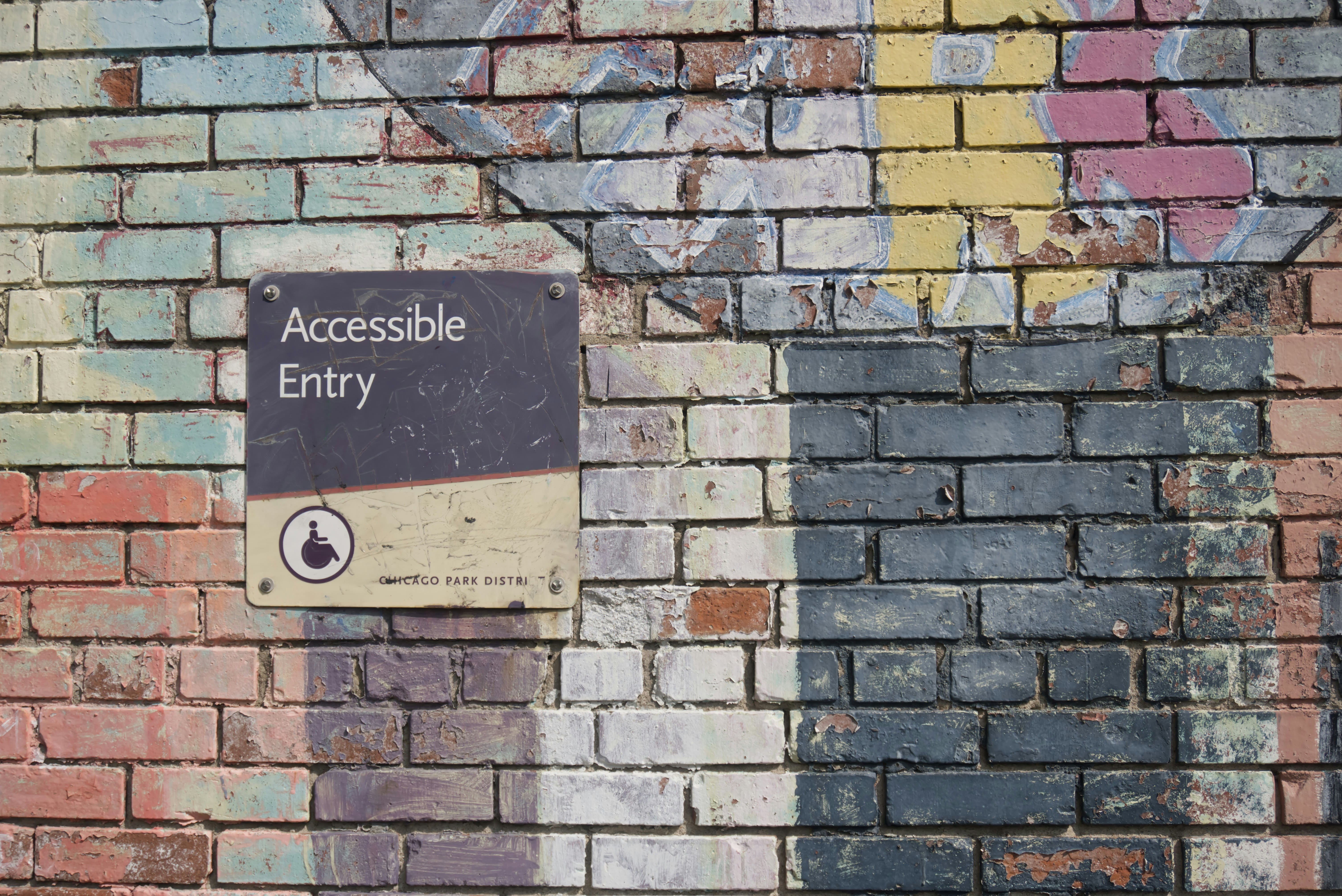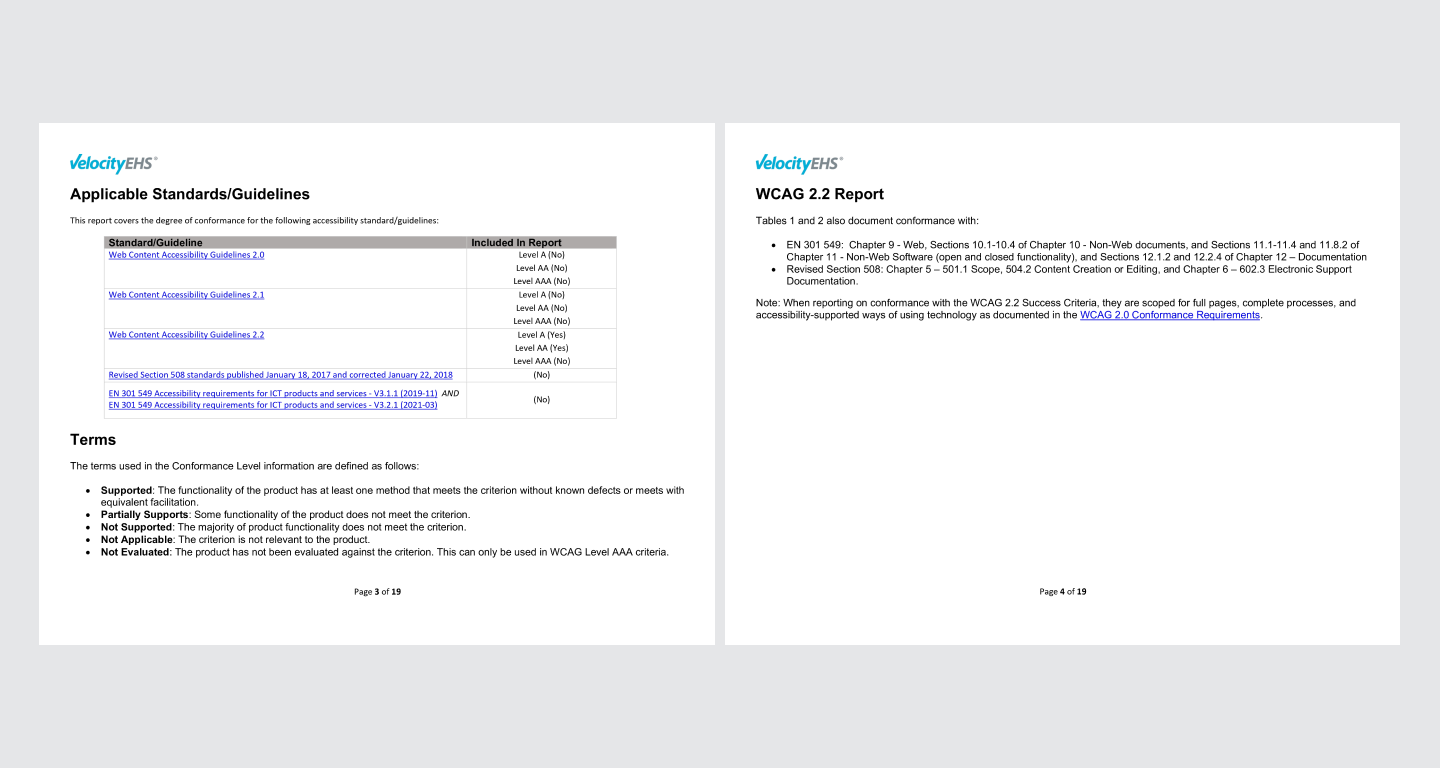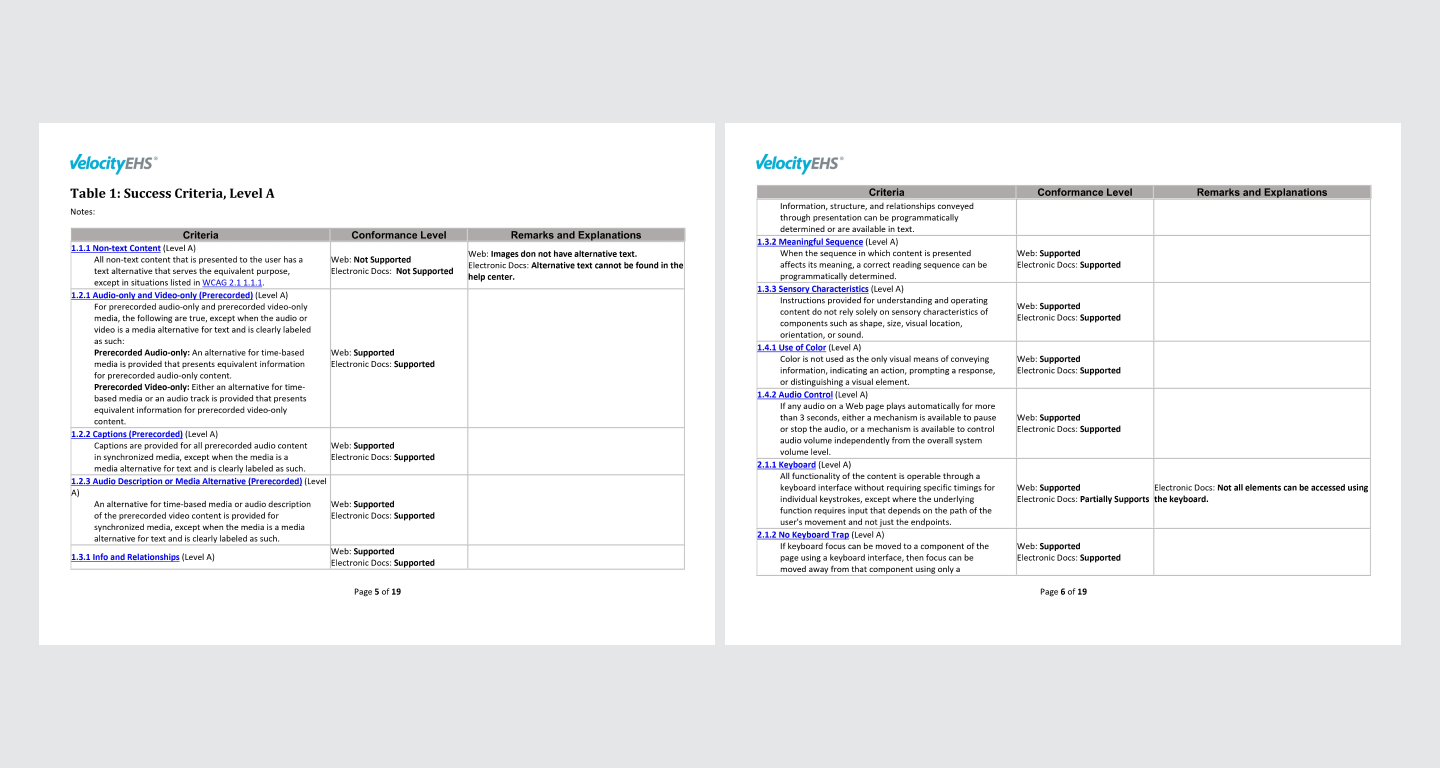Accessibility
An accessibility plan for EHS products

briefing
The company develops a suite of digital products within the Environmental, Social, Health, and Safety (ESH/EHS) domain, used by global enterprises to manage risk, ensure compliance, and maintain sustainable operations. As the platform scaled, it became clear that accessibility had not been addressed holistically across the product ecosystem. The challenge was to redefine the accessibility strategy to ensure compliance with global standards (such as WCAG and Section 508), improve usability for people with disabilities, and promote inclusive design practices across the product lifecycle. The scope included creating a Voluntary Product Accessibility Template (VPAT), auditing existing design system components, and laying the foundation for sustainable accessibility improvements.
Solution
The final solution was a multi-pronged accessibility strategy tailored to the company’s product architecture and maturity. It included:
- A fully documented accessibility strategy embedded into the product development lifecycle.
- A VPAT that accurately reflected the accessibility status of the core web products, aiding transparency with clients and stakeholders.
- A thorough audit of reusable components within the design system, with clear remediation guidelines.
- Updated component documentation in Figma and the internal design system site, including accessibility do’s and don’ts, keyboard interaction guidelines, and ARIA requirements.
- A set of onboarding resources and best practices to guide cross-functional teams toward sustainable accessibility compliance.
the
approach
I began with a comprehensive discovery phase, collaborating with cross-functional stakeholders including product managers, engineers, and QA specialists to assess the current state of accessibility across the web-based platform. I conducted an audit of the core UI components used across products, applying WCAG 2.1 guidelines and using tools like axe DevTools, Lighthouse, and manual screen reader testing.
Once I identified the critical gaps, I developed a prioritized accessibility roadmap and led workshops to align teams on the new strategy. I also worked closely with compliance and legal teams to craft the VPAT, ensuring accurate representation of current conformance levels.
To ensure long-term success, I integrated accessibility into the design and development processes by contributing to documentation, design guidelines, and updating component specs in Figma with accessibility annotations. I also provided training and office hours to help designers and developers adopt more inclusive practices in their daily work.
Excerpt from the VPAT for one of the products we created.
The
Outcome
The accessibility initiative elevated both compliance and usability standards across the ESH/EHS product suite. The VPAT became a valuable asset during client procurement processes, demonstrating a commitment to inclusivity and legal compliance. The design system audit led to the remediation of several key components, reducing accessibility bugs in downstream products and improving overall product quality. The initiative also fostered a cultural shift—accessibility is now a shared responsibility across design, engineering, and product teams. As a result, new product features are being built with accessibility considerations from the start, reducing technical debt and supporting long-term scalability.
Excerpt from the VPAT for one of the products we created.
Lessons Learned
This project highlighted that accessibility must be integrated from the very beginning of the product development process to be truly effective. Trying to retrofit accessibility into existing designs proved to be far more resource-intensive and less effective than addressing it early on. One of the most valuable insights was the importance of fostering shared ownership across disciplines. Encouraging designers, developers, QA professionals, and product managers to view accessibility as a collective responsibility led to greater collaboration and better outcomes.
Clear and centralized documentation also played a crucial role. By embedding accessibility guidance directly into the design system, we enabled teams to work more consistently and confidently. Another key realization was that accessibility is not a one-off task—it requires ongoing attention. Regular audits, real-world testing with assistive technologies, and continuous iteration are essential for maintaining both compliance and usability.
Finally, I learned that visibility drives support. Demonstrating the concrete benefits of this initiative—such as improved user experience for all and smoother client procurement thanks to the VPAT—helped secure long-term buy-in from stakeholders and leadership.



